Ecommerce Marketing has revolutionized the shopping experience, evolving from a niche market into a powerhouse industry that spans the globe. Today, consumers can access products and services from every corner of the world without leaving their homes. This transformation, driven by convenience, personalization, and advanced technology, is reshaping how we shop and engage with brands. This blog explores why ecommerce is not just a trend but a pivotal shift in how we’ll shop in the future.
Table of Contents
The Rise of Digital Shopping and Consumer Behavior Shift

Online shopping trends: A shift in consumer behavior toward e-commerce dominance.
Online Accessibility and Convenience:
Ecommerce Marketing uprovides a level of convenience that traditional retail cannot match. With a simple internet connection, customers can browse products 24/7, explore customer reviews, and compare prices across multiple brands and platforms—all from their mobile phones or laptops. This freedom to shop without time constraints has led to a significant shift in consumer behavior, especially as the busy modern lifestyle demands efficiency and time savings.
Consumer Shift Post-Pandemic:
The COVID-19 pandemic was a game-changer for ecommerce marketing. As physical stores shuttered, consumers turned online out of necessity, leading to an explosion in ecommerce sales. According to data from Statista, global ecommerce sales rose by 25% in 2020 alone, reaching an unprecedented $4.2 trillion. Even as restrictions lifted, many consumers retained their online shopping habits, having experienced its convenience and versatility. The pandemic effectively accelerated what would have likely been a gradual shift, making ecommerce an indispensable part of retail today.
Personalized Shopping Experiences:
Ecommerce Marketing’s reliance on data means that companies can tailor shopping experiences to individual customers. Through AI and data analytics, platforms can understand customer preferences and create personalized shopping experiences. Algorithms analyze purchase history, browsing patterns, and demographic information to recommend products that a specific shopper might find appealing. This level of personalization builds customer loyalty and makes shopping feel more intuitive and satisfying than the “one-size-fits-all” experience often encountered in physical stores.
Lower Operating Costs and Expanded Market Reach for Businesses

Digital tools and ecommerce platforms reduce overhead costs, boosting global reach.
Reduced Overhead:
Running a physical storefront involves significant expenses: rent, utilities, staff wages, and other overhead costs that add up quickly. Ecommerce Marketing allows businesses to operate with much lower expenses. With fewer physical requirements, companies can focus their resources on improving the customer experience, whether through better pricing, faster shipping, or investment in innovative marketing.
Global Reach:
Unlike physical retail stores, online businesses are not limited by location. A small startup based in a remote town can reach customers across the world, broadening its market reach exponentially. This global access offers brands of all sizes a way to reach new audiences, leading to an influx of sales that would be impossible to achieve through traditional retail alone.
Flexibility in Scaling:
Ecommerce Marketing platforms offer businesses flexible growth options, allowing them to scale quickly to meet increased demand. Platforms like Shopify, WooCommerce, and BigCommerce provide tools that can handle a few products or tens of thousands, making it easy for businesses to adapt to market changes.
Technological Advancements Driving Ecommerce Marketing Forward

AI and Machine Learning are revolutionizing personalized ecommerce experiences.
AI and Machine Learning:
AI and machine learning are transforming the landscape of ecommerce. They enable platforms to automate customer service, streamline logistics, and even predict future purchasing trends. Chatbots powered by AI can now handle basic customer inquiries 24/7, saving time and providing instant support. Additionally, predictive analytics can help businesses stock products that are likely to be in demand, minimizing overstock and out-of-stock issues.
Augmented Reality (AR):
Augmented Reality is making it possible for customers to visualize products before purchasing them. This is especially valuable in industries like fashion and furniture, where customers can use AR to “try on” clothes or see how a couch will look in their living room. AR reduces uncertainty, boosting customer confidence and leading to fewer returns.
Blockchain and Security:
Blockchain technology offers a new level of transparency and security in online transactions. With the rise in cyber threats, ecommerce platforms are increasingly adopting blockchain to ensure safe and verifiable transactions. Blockchain’s decentralized nature makes it difficult for hackers to manipulate data, offering consumers a safer online shopping experience.
The Impact of Mobile Commerce (mCommerce)

Mobile commerce is transforming the way we shop, offering convenience at our fingertips.
Rise of Smartphones:
As smartphones become more accessible, mobile commerce (mCommerce) is becoming a crucial part of ecommerce. Consumers increasingly prefer the convenience of shopping on mobile devices, leading to significant growth in mCommerce. Data from eMarketer suggests that mobile commerce sales will account for nearly 73% of all ecommerce sales by 2025.
Social Commerce Integration:
Social media platforms like Instagram, Facebook, and TikTok have integrated shopping features, blurring the line between social media and ecommerce. Social commerce enables users to shop directly from social media feeds, creating a seamless experience. Influencers play a vital role here, showcasing products and driving sales through their trusted recommendations.
Seamless Payment Options:
Mobile wallets and one-click payment solutions like Apple Pay, Google Wallet, and Amazon Pay have made it easier than ever for customers to complete purchases. This convenience reduces cart abandonment, a common issue in ecommerce, and improves the overall shopping experience.
Growing Role of Green and Sustainable Ecommerce

Sustainable ecommerce practices reduce environmental impact while boosting consumer trust
Eco-Friendly Shipping and Packaging:
With increasing awareness of environmental issues, more consumers are prioritizing brands that prioritize sustainability. Ecommerce companies are responding by investing in eco-friendly packaging, carbon-neutral shipping, and sustainable supply chains. For example, companies like Allbirds and Patagonia emphasize using recycled materials and offsetting carbon emissions, appealing to the growing demographic of environmentally-conscious consumers.
Transparency and Ethical Consumerism:
Customers today expect transparency regarding where their products come from and how they are made. Ecommerce allows brands to communicate directly with consumers, showcasing sustainable practices and certifications that align with ethical consumerism values. From fair-trade sourcing to cruelty-free production, companies that embrace transparency stand to build stronger relationships with their customers.
Resale and Circular Economy Models:
Ecommerce marketing platforms focused on second-hand goods, like Poshmark, ThredUp, and Depop, are experiencing massive growth. By promoting a circular economy, these platforms encourage consumers to buy pre-owned items, reducing waste and promoting sustainable shopping habits. This trend supports both sustainability and affordability, making it particularly appealing to younger generations.
Data-Driven Decisions and Improved Customer Insights

Visualizing customer insights: Data-driven strategies for smarter decision-making.
Real-Time Analytics:
Ecommerce marketing platforms provide businesses with real-time analytics, offering insights into customer behaviour, conversion rates, and sales patterns. This information helps companies optimize their websites, improve product offerings, and refine marketing strategies, ultimately leading to more efficient operations and increased revenue.
Better Customer Retention Through Personalization:
Personalized communication, such as targeted email campaigns and loyalty programs, is key to retaining customers. Ecommerce platforms can gather data on individual shopping habits and deliver tailored promotions, ensuring customers feel valued and encouraging repeat purchases. AI and machine learning are transforming the landscape of ecommerce.
Consumer Behaviour Analysis:
Data analytics enables ecommerce marketing to understand consumer behaviour on a granular level. They can track what customers add to their carts, how often they abandon them, and the most frequently viewed items. These insights inform decisions on promotions, website layout, and inventory management, creating a smoother and more satisfying shopping experience for customers.
Ecommerce Marketing and the Future of Work in Retail
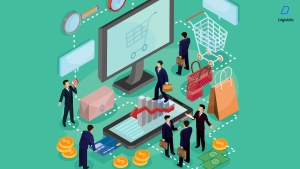
Embracing technology: How ecommerce is reshaping retail careers.
Remote Opportunities:
Ecommerce marketing has opened up remote work opportunities, especially in roles like customer service, digital marketing, and IT. This flexibility allows businesses to tap into a broader talent pool, while employees enjoy the benefits of remote work. For example, brands like Shopify have embraced fully remote work, showing that retail jobs are no longer confined to brick-and-mortar locations.
Shifts in Retail Workforce Demand:
As traditional retail stores decline, the demand for digital-focused roles in ecommerce marketing has grown. Skills in data analytics, cybersecurity, and AI are becoming essential in this digital-first retail environment. This shift represents a significant change in the retail workforce, as more roles are centered around technology rather than in-store service.
Growth of Freelance and Gig Economy in Ecommerce Marketing:
The gig economy is thriving within ecommerce marketing. Freelancers specializing in areas like product photography, social media management, and content writing can find steady work with ecommerce brands. This flexibility benefits both companies looking to keep overhead low and workers seeking varied projects.
Challenges Facing Ecommerce Marketing and How It’s Adapting

Navigating Change: Ecommerce businesses are adapting to new challenges in the digital landscape.
Addressing Security and Privacy Concerns:
Cybersecurity remains a challenge in ecommerce, with data breaches being a top concern for online shoppers. Ecommerce platforms are countering this by implementing encryption, two-factor authentication, and secure payment gateways. As the industry grows, so do the measures taken to ensure data security and customer trust.
Supply Chain and Logistics:
Global supply chains face pressure as ecommerce demand rises, leading to delivery delays and inventory shortages. Many companies are investing in local warehouses and AI-driven inventory systems to improve supply chain efficiency and reduce reliance on long-haul logistics.
Customer Trust and Brand Reputation:
Building trust is essential for ecommerce success. Unlike physical stores, online retailers must work harder to prove their credibility. Transparent customer reviews, responsive customer service, and consistent product quality are crucial to establishing and maintaining trust. Platforms like Amazon have strict review policies and a clear return policy to enhance customer confidence.
Conclusion: Ecommerce Marketing as a Future-Forward Industry
As we’ve seen, ecommerce marketing is poised to become the dominant form of retail, driven by convenience, technological advancements, and changing consumer expectations. Whether you’re a business owner looking to enter the market or a consumer enjoying the perks of online shopping, it’s clear that ecommerce marketing will continue to evolve and shape the future of shopping.
Click here to know the 10 Key Elements Every Thriving E-commerce Website Must Have today!
Author : ASHAR KT
Learner of Digiskillz, Digital marketing course in Kottakkal


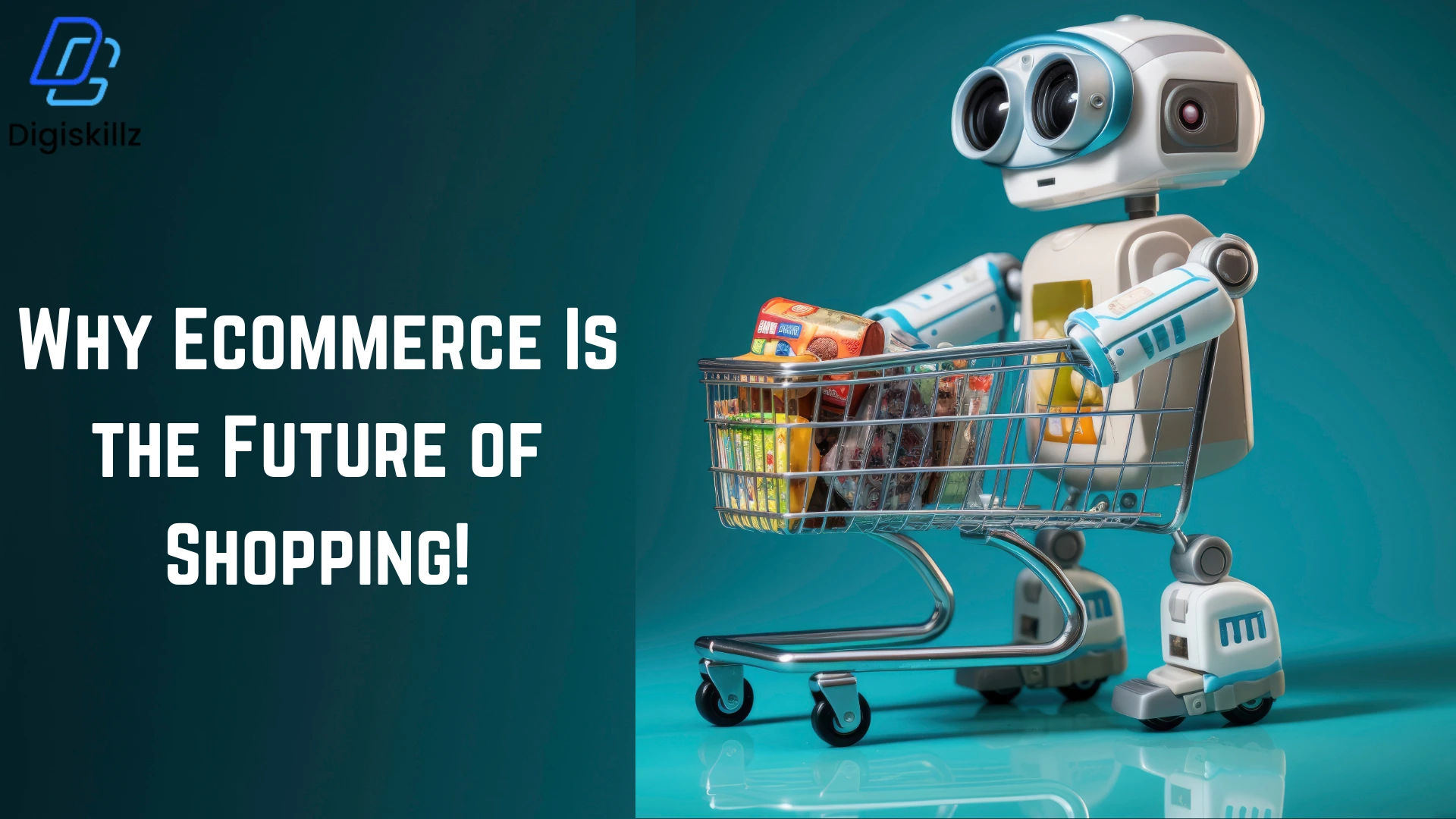
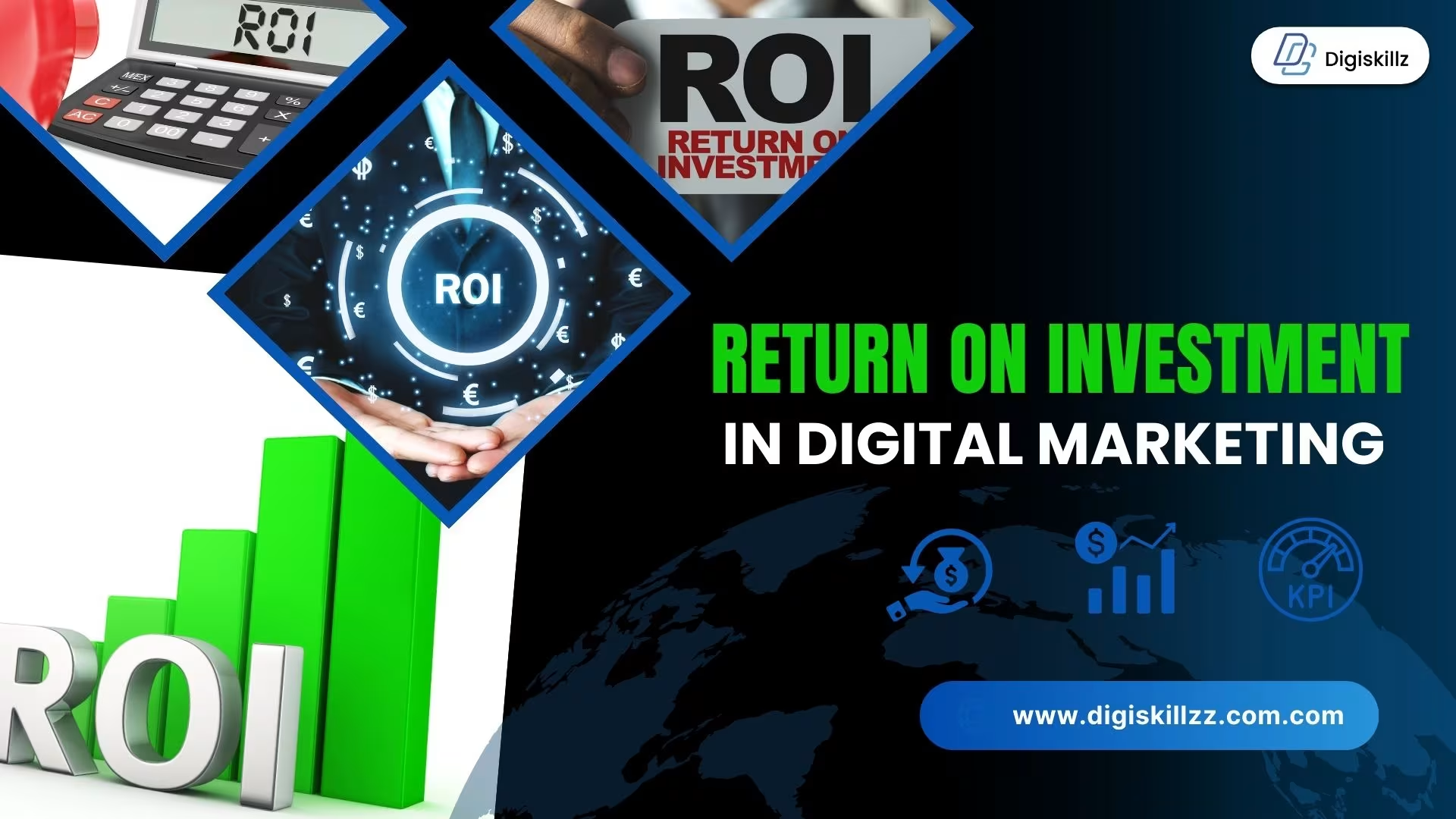


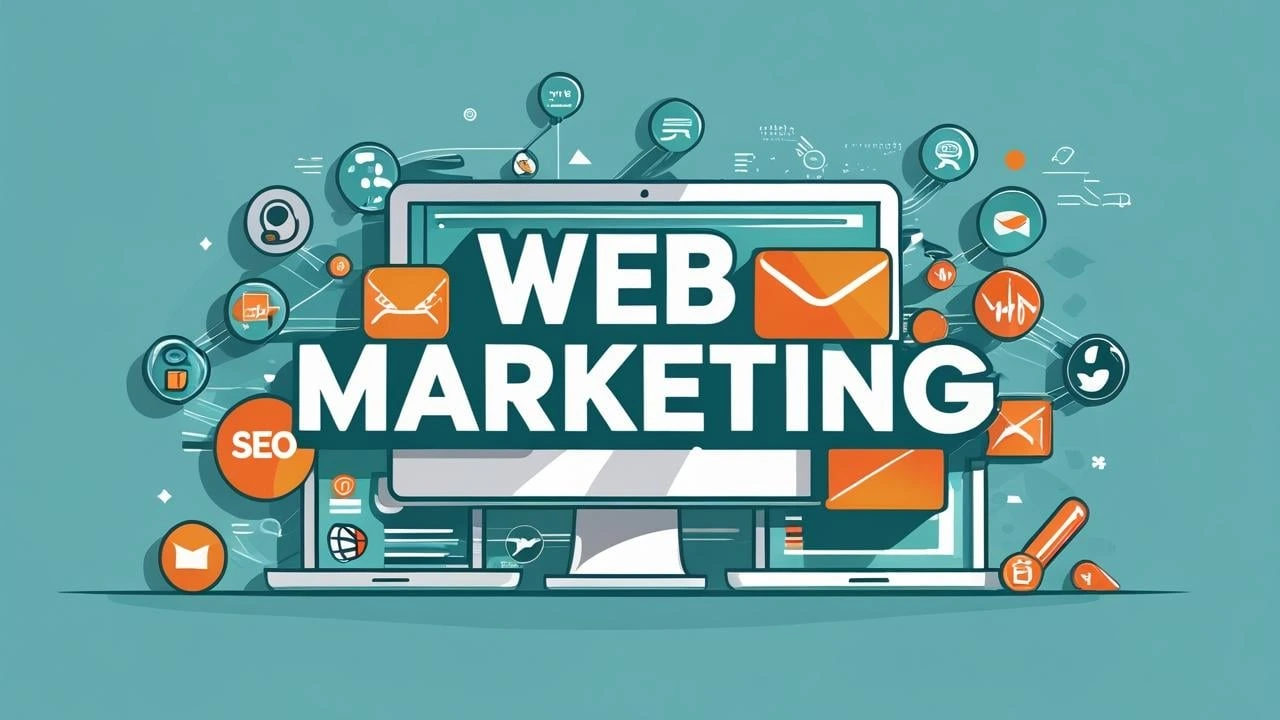
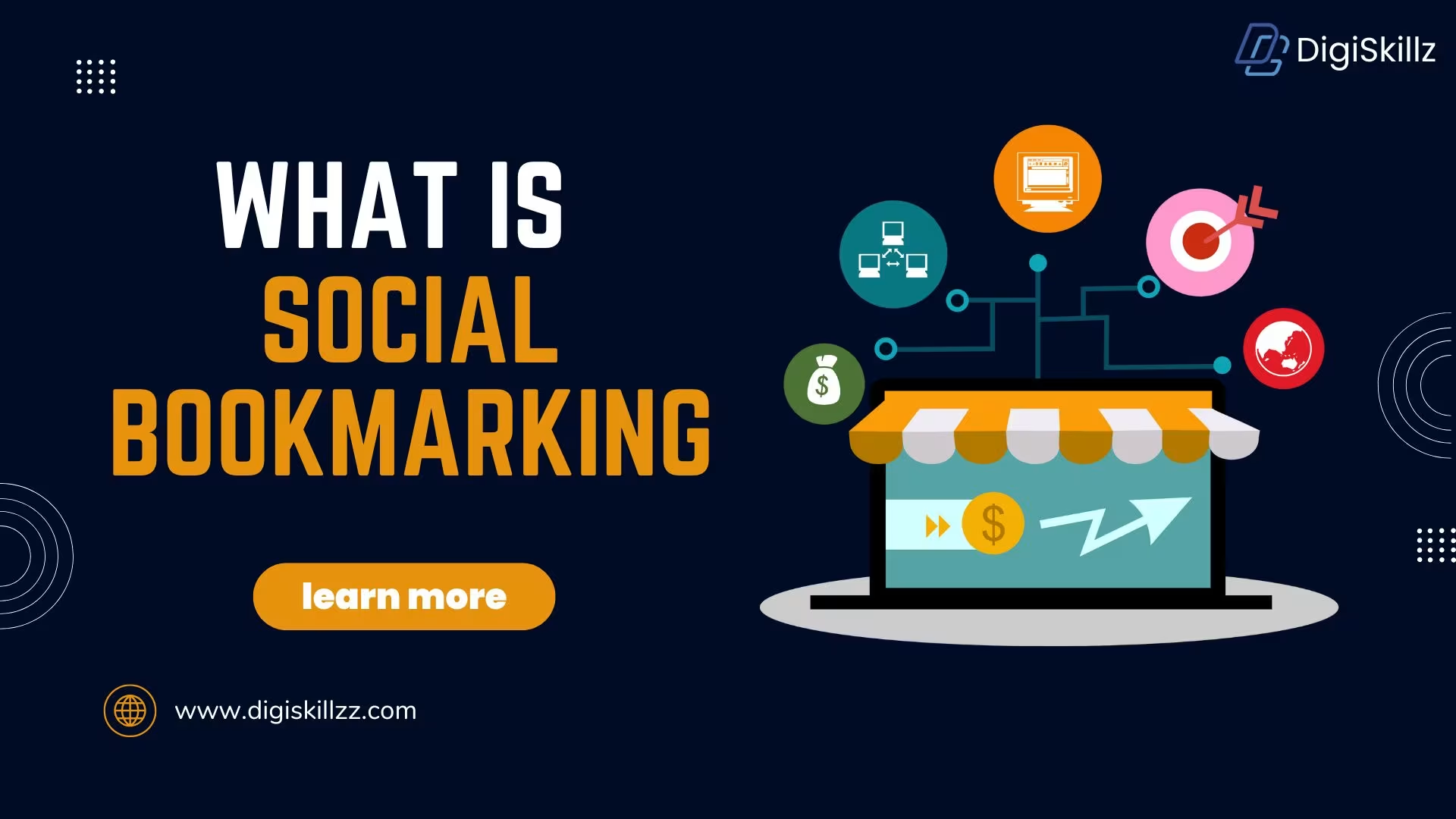
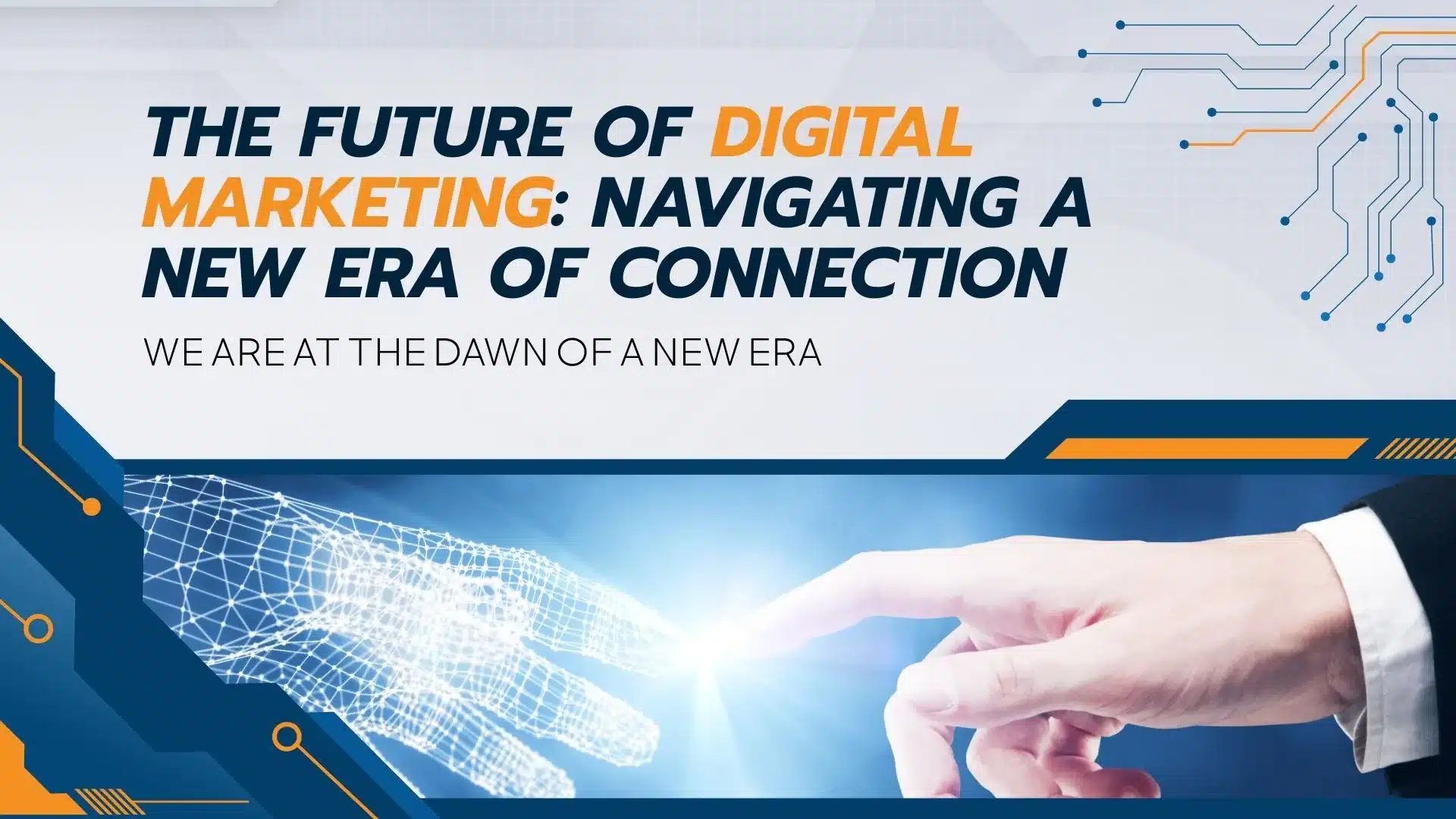

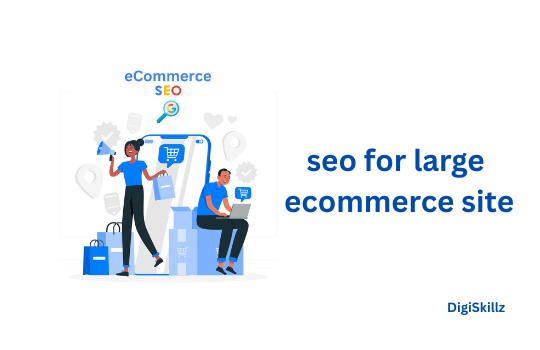
Leave A Comment